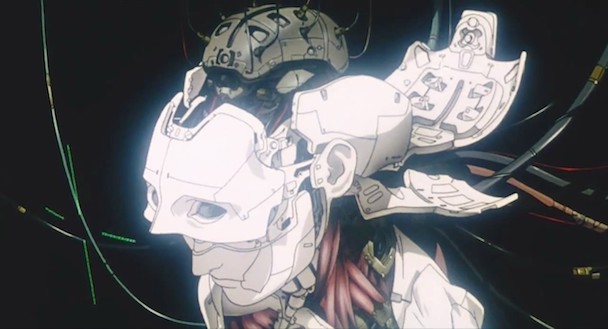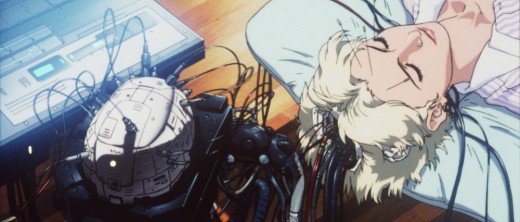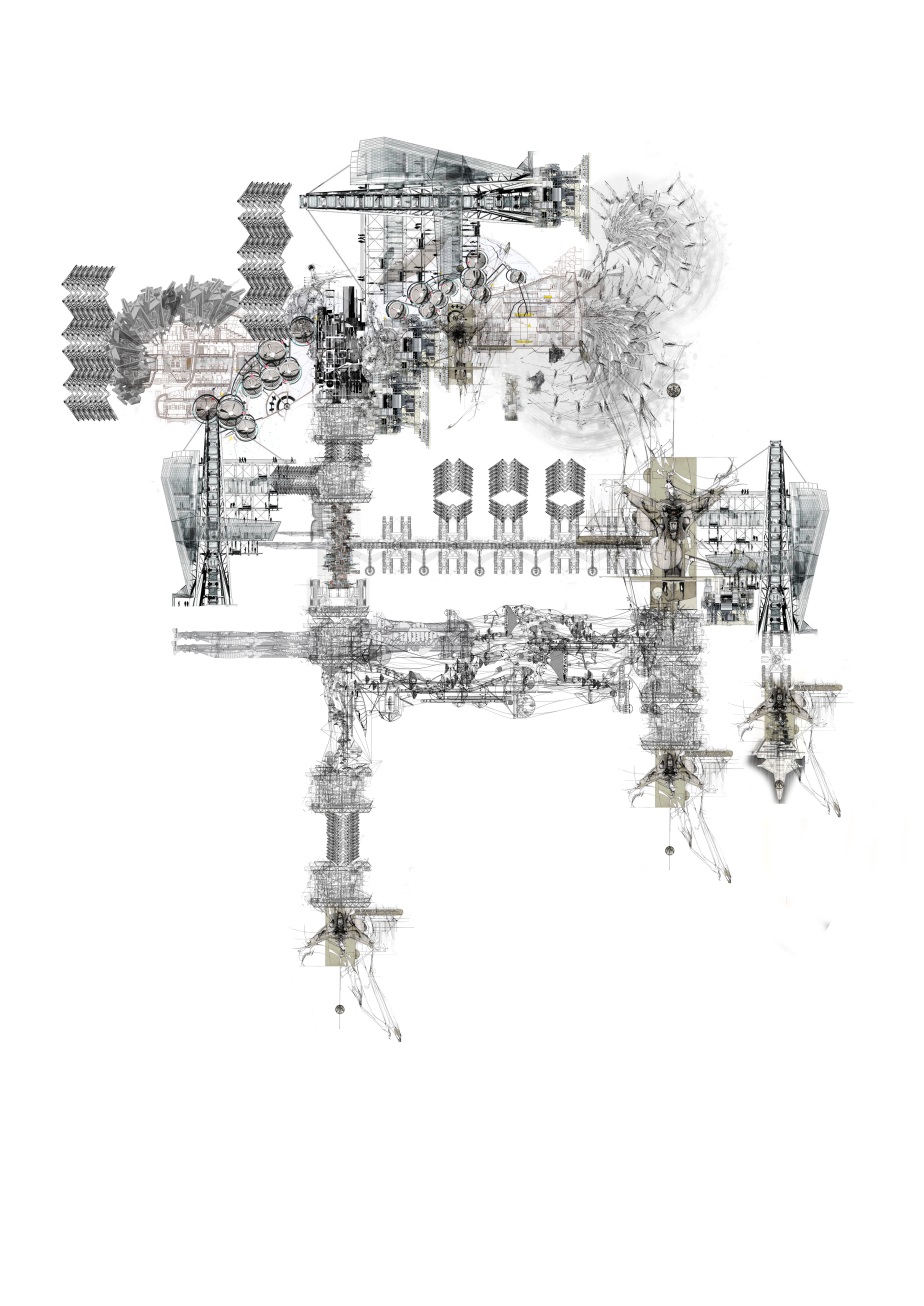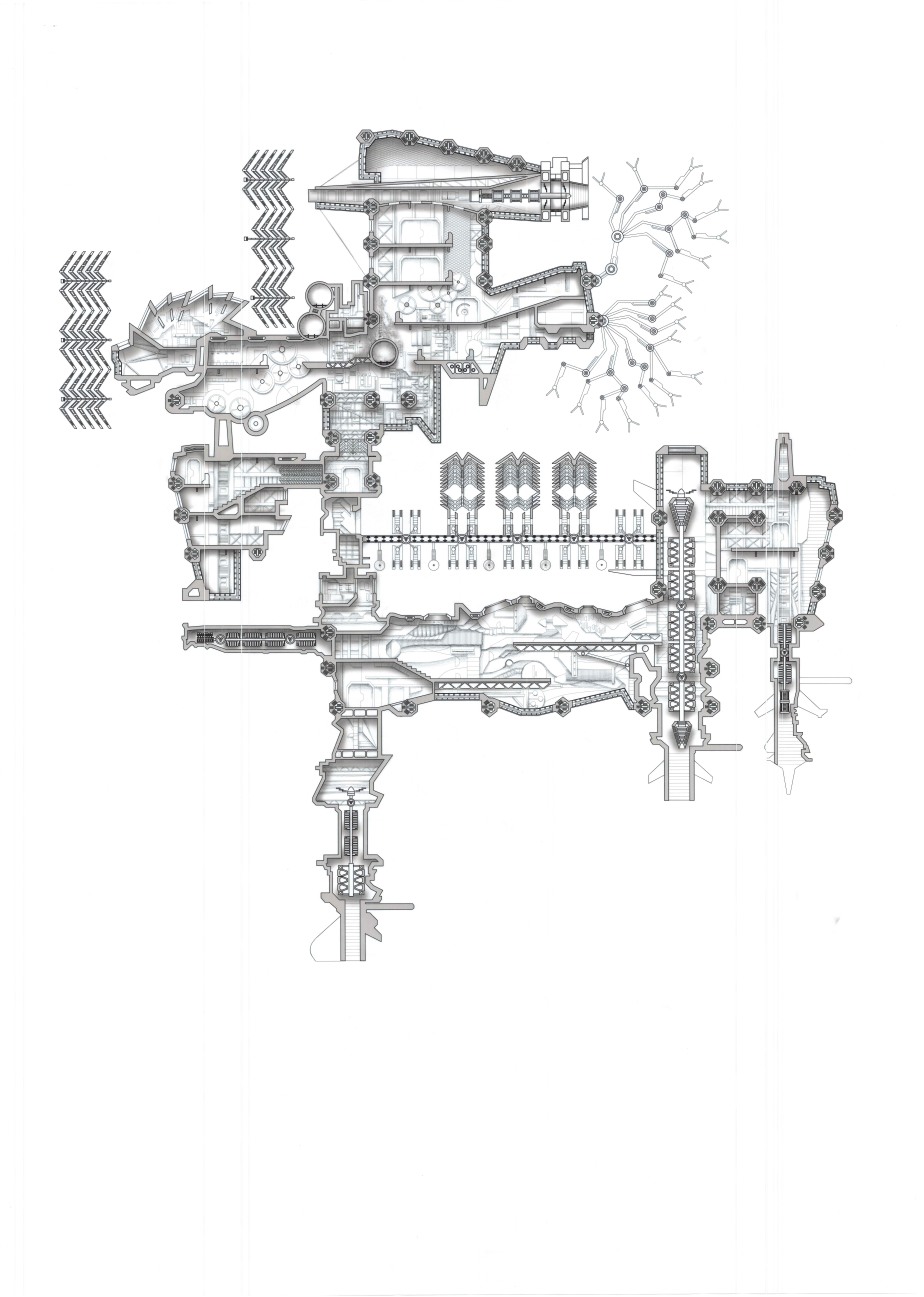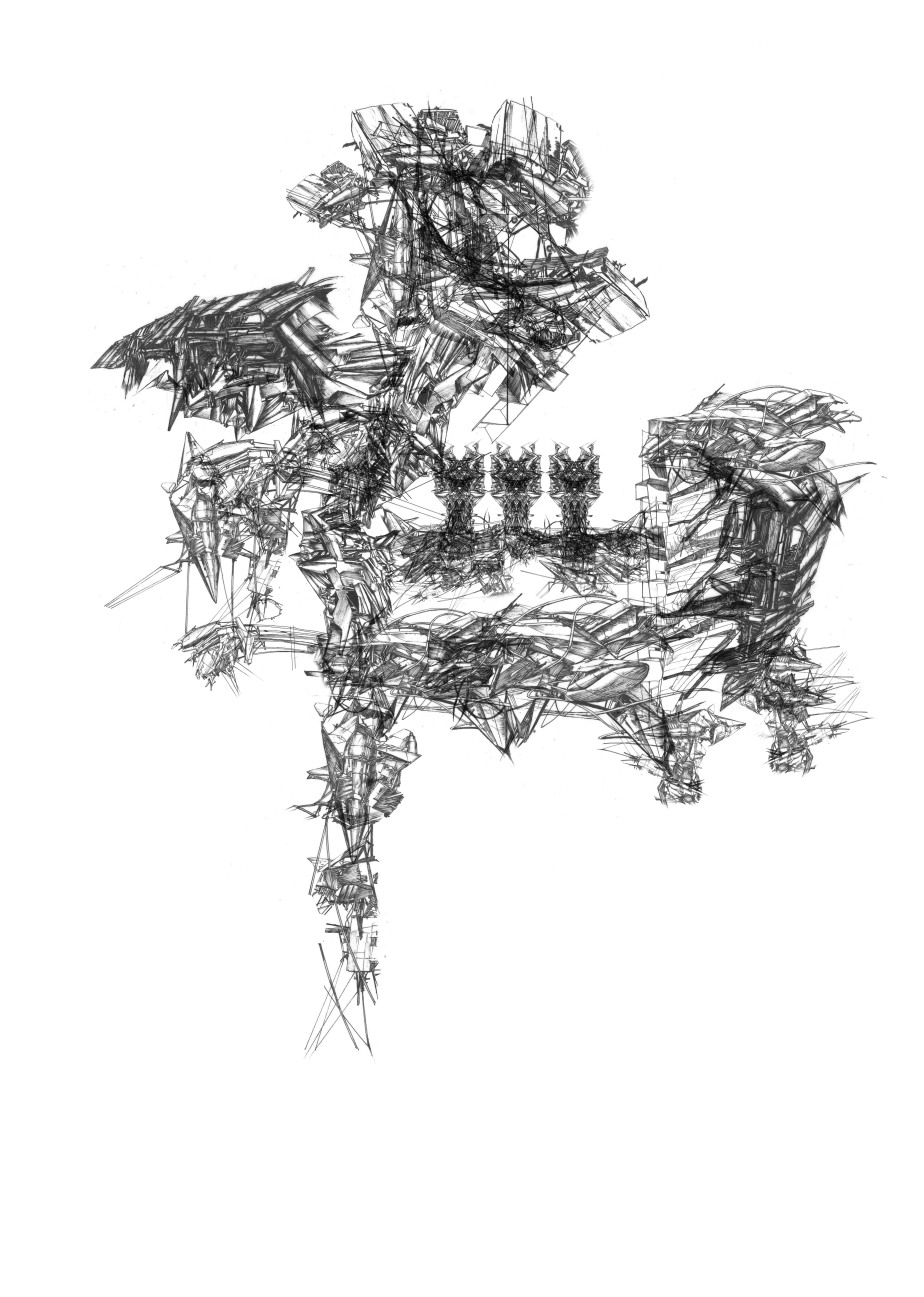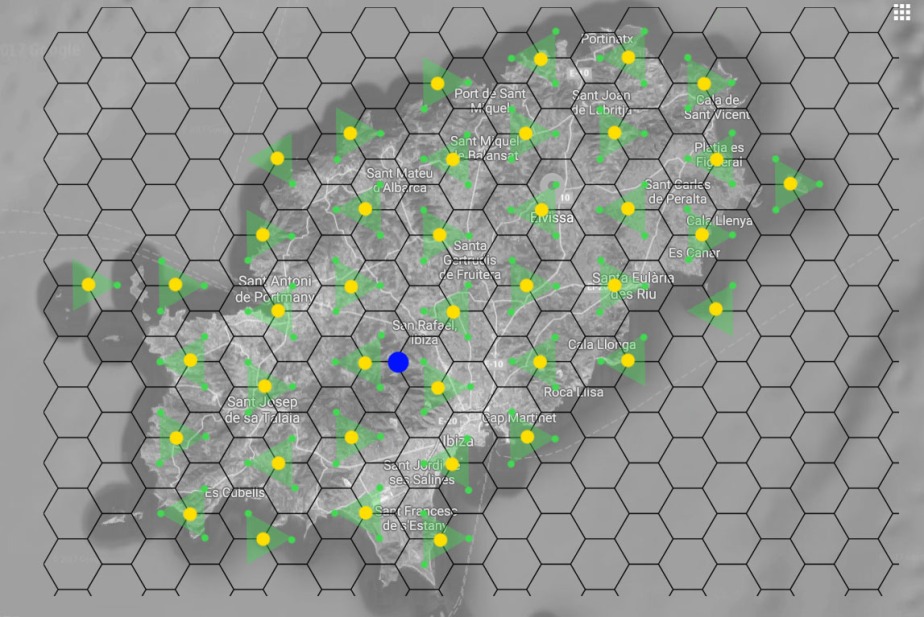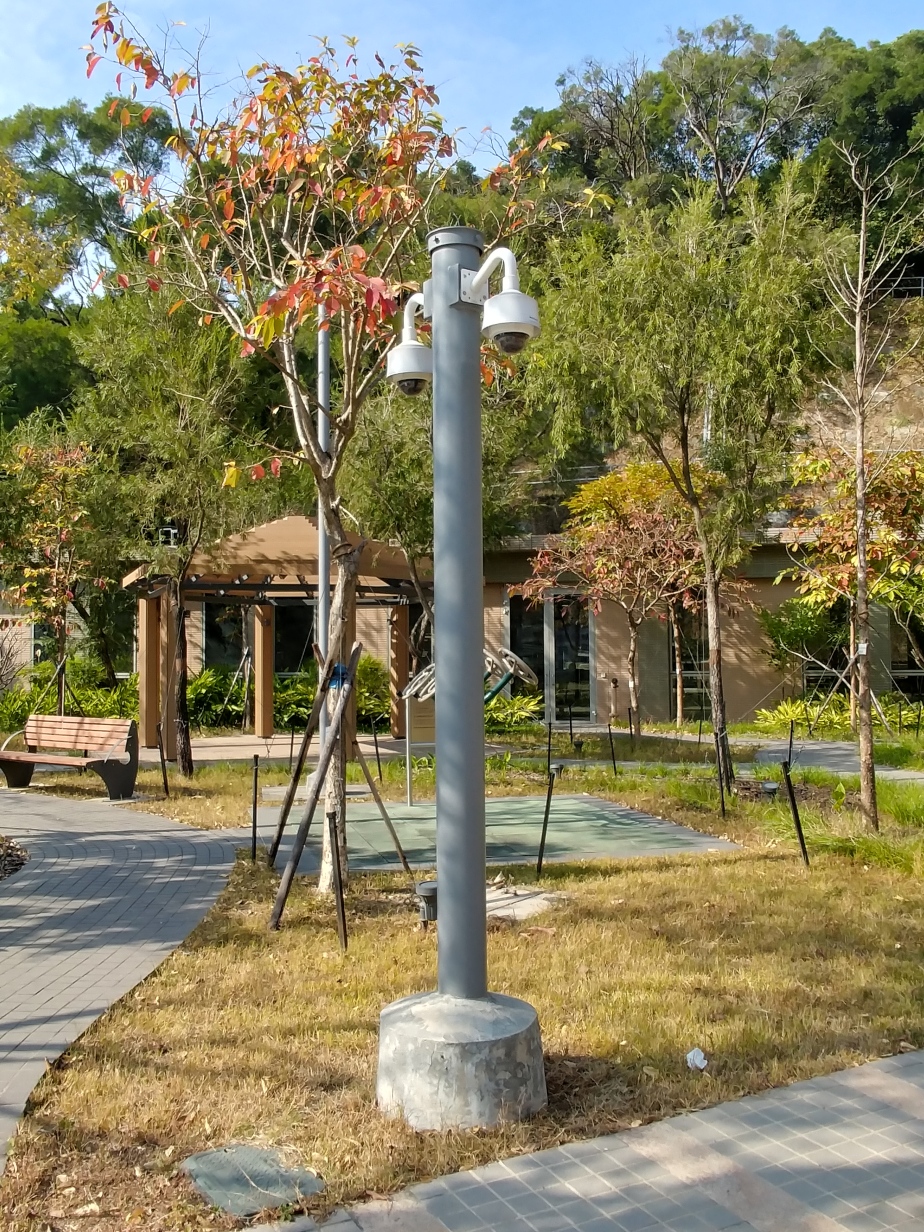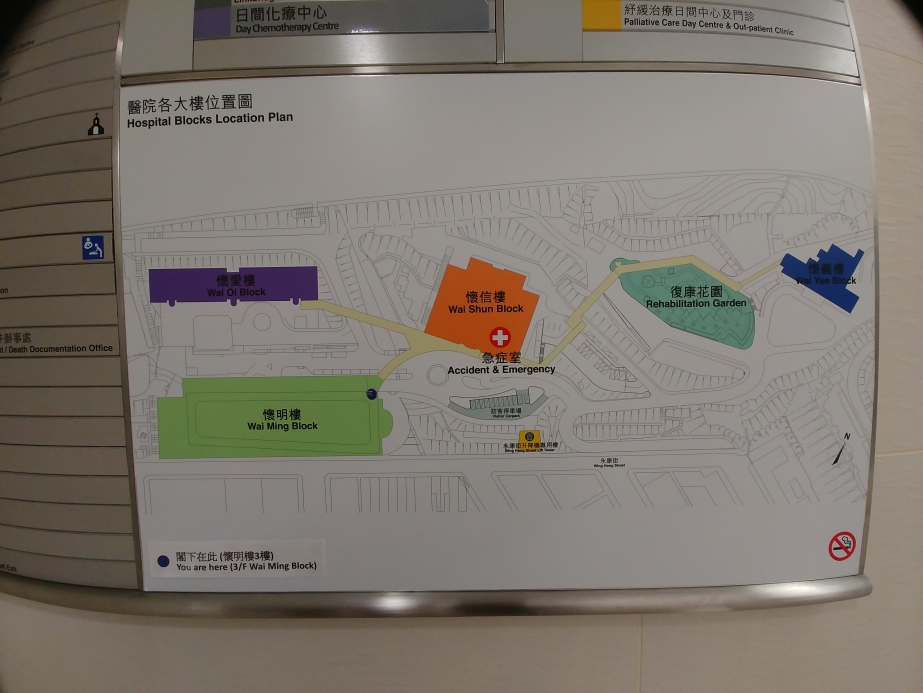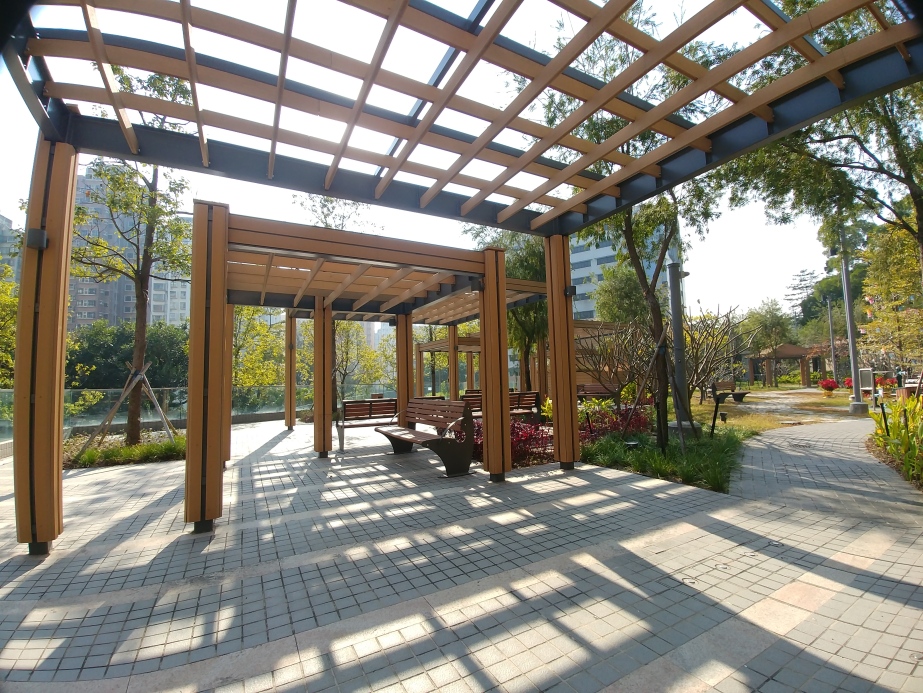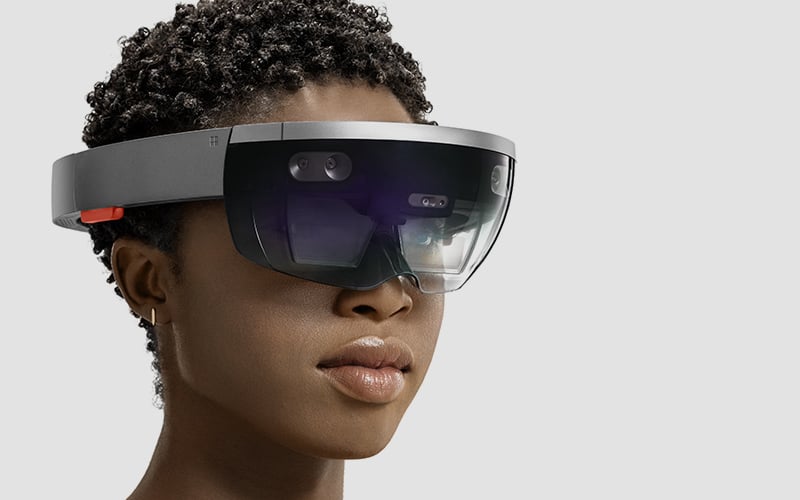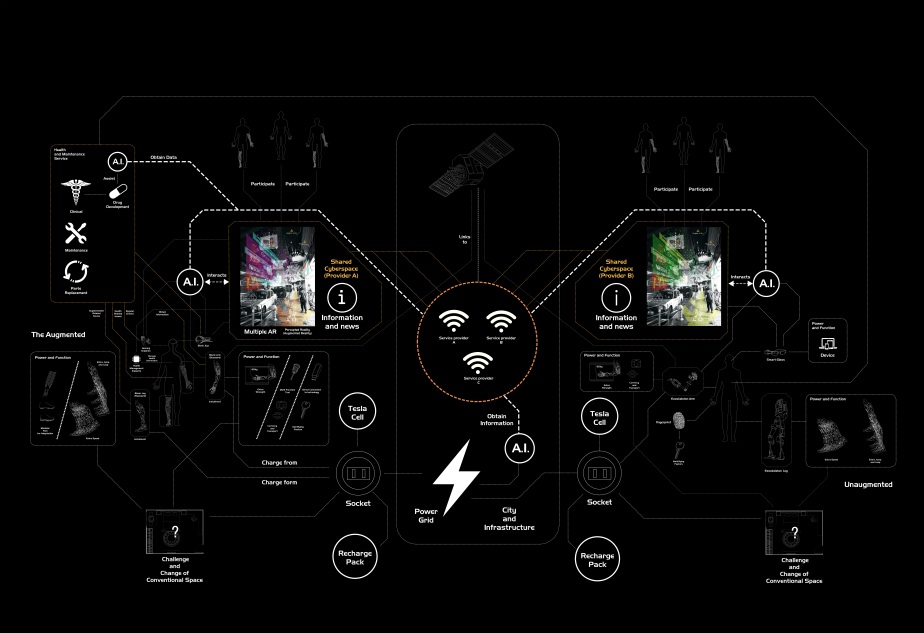Nowadays, with the integration of computer technology, human become more integrated with their life and lifestyle with computers. At the same time, the technology become more and more invasive and intimate with our bodies. Some people now define human as ‘cyborgs’ as our unbreakable lifestyle with our mobile phones, our electronic ‘organ’ for information and communication. For more literal meaning, prosthetic that involves machines and computer software are getting more advanced and in the progress to surpass our biological ones with more function and strength.
Under this situation, the concept of human would be re-defined. For thousand years, we think about our body part function pretty much the same. For example, eyes to see, ears to hear, legs to walk. However, with prosthetics showing potential of extra capabilities, will this new robotic ‘body’ will have much more function than we perceived?
Will architecture change with this condition? As we always say architecture as an extension of the body, with this technology emerging, the meaning does become literal. But will it spawn new opportunities and typologies, under the change of how human percepting the environment due to the bodily ‘evolution’? With the addition of our electronic organ, as a gateway to step into the digital world that becoming more physical, maybe a kind of architecture that is more immersive and covering, rather than just a building itself? In some ways, architecture would not necessary be totally physical structure.
Referring to the book Me++ by William J. Mitchell, it talks about city, or human become hyper connected. Based on the advances on current technology, it has stated that people will be more connected by devices like phones and computer. Data will be feed into people in real time, and this will change our relationship to the surroundings.
Events in physical space would reflect events in cyberspace, or vice versa, which means the relationship between the physical and digital realm would become more dynamic. The most current example is to control aircraft such as drones from distance away. Architecturally, examples exist in which space changes dynamically from digital and physical response.
The most analogue example is responsive architecture, which involves façade that changes it form according to the temperature or other climate situation. The physical realm, which is the weather, detected by computer software with sensor (digital), and the response is performed to change the physical form to maintain environmental control. Although this example could not be put into a wider context that involves the network, and also the input is from the environment, not human.
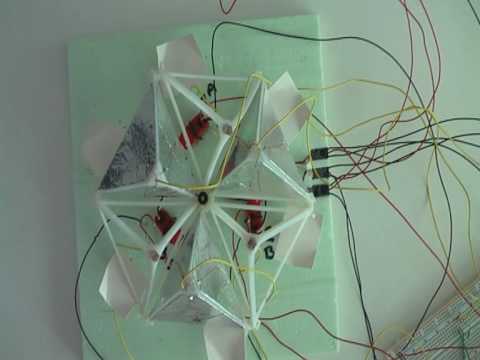
A more recent example is the light installation by Studio Nick Verstand, which generates pattern based on emotions detected from people, visitors to the Aura installation were equipped with multiple biosensors that register brainwaves, heart-rate variability, and galvanic skin response.
The visitors’ emotional “data” was then analysed and metamorphosed into different forms, colours and intensities of light that were beamed from above. Surrounding the visitors like a curtain, the light made each person’s emotional responses visible to others.
Although it is simple in form, this example has shown the mechanism in how human emotion can play its place in architecture through digital processing. The digital part which requires physical world input like brain waves will require equipment, which can be counted as a cyborg body part. The emotion will turn into data then affect the outcome of the light, therefore a feedback to physical world can be formed. With the VR and AR technology, which the digital cyberspace becoming more actual space like and would overlap with the real world, the digital part could become more responsive than the physical counterpart, thus archiving the dynamics. In a wider context, how will the digital world would become if it is networked with human emotions, accumulating into a gigantic digital realm.
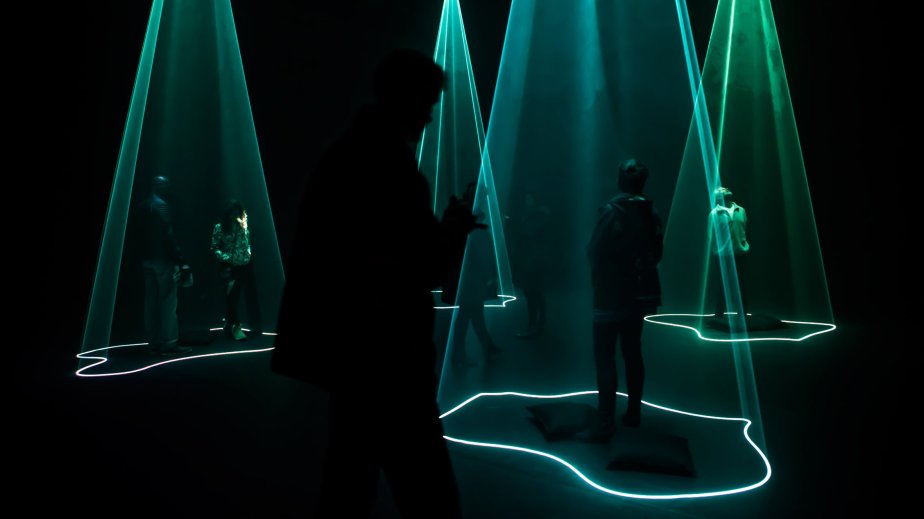
Another fact that Me++ explore is the effects of wireless linkage and global interconnection on one’s body, architecture and the use of space and time. The inescapable network interconnectivity make the world govern less and less by boundaries but more on connections, thus there is need to reimagine and reconstruct the environment, and also the ethical foundations of design, engineering and planning practice.
Another example regarding the hyperconnectivity is the project ‘Cyborgian Interface’ by Marcos Cruz. In the project, there are walls that are inhabitable by people with connection points attached in it.
Based on Mitchell’s argument, the project is built on the vision of different meaning of a human inhabitation, rather than resting one’s body in a defined physical architecture space, it is more about connect one’s nervous system to electronic ‘organs’, and one will become part of the room, and the room will become part of the person. It is a place of hyperconnectivity, in which the surrounding wall will be used as a communicating device. Traditional architecture spaces are turned into inhabitable walls.

With our increasing reliance on technology, it becomes an essential part of life, and will eventually become our body parts. The essence of the cyborg, therefore not only in the empowerment of human by physical strength and endurance, but also in the spirit of connecting the physical and the digital realm, making the two worlds to become one. The biological part, will interact with the physical environment, while our digital or robotic organ, will percept the digital space and allow us the power to interact with it.
To design with Time
With the expansion of the digital realm to become more invasive into the physical world, it opens up the opportunities for thinking about designing with time with the plasticity of the virtual material, combining with data input. Since data is the engine that drive the digital realm, with the physical environment become more data driven and more data is available, the more dynamics between the two can be happened. To become cyborg, in some ways it means human life is becoming more data oriented, and human life will become data itself. Since this action is in real time and is highly dynamic, it opens up a lot of opportunities for thinking about architecture that can change with time, under the interplay between the virtual and physical materials.
Hyper-reality is one example of changing the perception of space based on real time data feed. Although mostly imaginary at this stage, technology about it is emerging. Examples are like Microsoft hololens, which was covered earlier. A possible vision of hyper reality example is shown in the following video:
The key is that the digital data is becoming more linked to the physical realm. The data itself, become more physical in the form of holographic output. However, if thinking from the point of architecture, if the text and the pattern from the video are replaced with 3d objects that manifest the physical space, how hyper reality will give an additional meaning of architecture?
I can imagine a situation where crowd control is needed. By responding to the number of people in a certain space, hyper reality can change the pattern of the circulation, either by digital means or physical. For digital, simply generates patterns and project to people, while for physical, to control barriers that response to people density.
To inform the project, will the creation of 3d architectural objects of one’s data, such as interest, emotions (Nick Verstand), wishes, will bring us closer and creates a world that is more dynamic and interesting? Human itself, will become a part to contribute to the architecture as well, rather than just merely users, and will shape the space in a larger contribution. Also, Will it allow an openness of architecture that is more immersive rather than institutional?
Refering back to through levithians eye, ‘I can see the buildings, not the city’ by not wearing the lens, what is mean by city there, is a place where people interact better as well.
Social Impact of Hyperconnectivity
As the world become less and less separated with physical barrier and distances, but more on the connection of nervous system through our electronic organ, hyperconnectivity has become the new worlds realm and it allows us much greater freedom to communicate with each other. Under these, new type of society is formed. In the video, it has stated that communication be easier through hyperconnectivity as it eliminates the limitation of physical distance and barrier. An interesting statement from the video is about people did not get more friends by hyperconnectivity, based on the comparison with the past. The reason is due to time, as people still have to work and have similar lifestyle, time spent on the other people remains much the same. Other factors also include emotion energy and attention span people have in a day.
Another changes that hyperconnectivity brings is the change of business mode. Customer services have become more important as hyperconnectivity allows easy search of the details of a company. It is very easy to find reviews about a company thus the record is better to keep clean. A lot of people will be very sensitive on negative customer reviews and therefore this becomes very important for business companies to maintain positive images.
However, I do not think that only limited to business companies. This concept of marketing and public relations has extended into personal life. A lot of people create an avatar image of themselves by putting photos into Facebook. In many ways, this has created a different image from their real life. The situation is always end up people put only positive contents into social media to create the image that the person desires, while in real life is not as ideal.
Another thing is that hyperconnectivity allows people to comment without the regard of people’s feeling. If refer to youtube, it is not hard to spot furious arguments among people with unpleasant languages. It could be also the same time, as a place to release pressure or stress by defecting negative feeling to someone that users might not know. The internet is therefore, also a place for people to express themselves without any regard of other people’s feeling.
The last thing covered in the video is about the developing countries, which hyperconnectivity has enormous impact on it. As historically developing countries have less sophisticated communication infrastructure, the availability of mobile phones that allows them to talk anywhere anytime can have profound impact. Following earlier entries, with the emerging drone technology in mobile communication, it can potentially become a solution for developing country to develop communication infrastructure as drones can have more flexibility in places that they serve.

